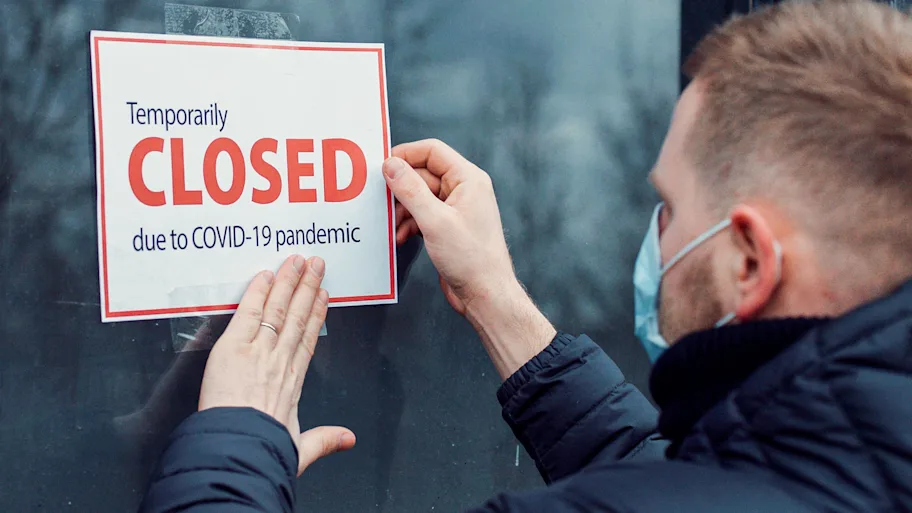
- Science News
- Featured news
- France has won the R-number battle, but the COVID war rages on
France has won the R-number battle, but the COVID war rages on
French lockdown succeeded in reducing COVID transmission, but many existing infectious cases and lack of herd immunity means the risk of a second wave is high. Image: Shutterstock.
--by Tania Fitzgeorge-Balfour, Frontiers Science Writer
COVID-19 restrictions in France should be lifted with caution because of the high risk of a second wave of infection, reports a new study, published in Frontiers in Medicine, which confirms the lockdown restrictions were successful in reducing the spread of this virus.
“The lockdown was effective at reducing the transmission rate of COVID-19 but the potential for a second wave of infections is extremely high,” reports Dr Lionel Roques, first author of this research, based at the National Research Institute for Agriculture, Food and Environment (INRAE) in France.
Impact of lockdown on the epidemic dynamics of COVID-19 in France► Read original article► Download original article (pdf)
He cautions, “Herd immunity is far from reached and many infectious cases still exist. It is therefore essential to follow restrictions to maintain an effective transmission rate value, or R-number, that remains below 1.”
The R-value is an important way of measuring the transmission of diseases. When it falls below 1, each infected person will infect less than one other person, meaning the number of new infections will fall over time.
“COVID-19 was spreading rapidly in France when the World Health Organization assigned the virus pandemic status in early March 2020,” explains Roques. “It arrived in small numbers in December 2019 and remained largely undetected, so the first battle, that of any early intervention to stop the spread of the disease, was already lost as the R value exceeded 1.”
The actual number of infected cases was difficult to calculate. There were too many unreported cases and variations in testing strategies meant that scientists did not know who and how many had been infected.
“We thought that methods developed for our previous work may be able to help. By using mathematical equations that account for unreported cases and linking these to other equations that calculate the most probable number of infected cases, we could work out the R-number to understand the transmission rate of COVID-19,” says Roques.
Related: Early government intervention is key to reducing the spread of COVID-19
Widely used by ecologists, this mathematical approach has rarely been used to assess the spread of disease in humans. By using this method, Roques calculated an R-value of 3.2 at the start of the lockdown in France and an infection fatality rate of 0.8%.
“The virus was spreading so fast that the second battle, that of the containment of the epidemic, was lost and so lockdown was initiated. Our calculations suggest the restrictions were very efficient at slowing the transmission of COVID-19, with a 7-fold reduction in the R-number to 0.47,” he explains.
Roques continues, “Though this third battle was won, our study suggests the potential for a second wave is extremely high. At the end of the restrictions in May, we calculate that 4% of the French population will have been infected by COVID-19 and this is far too low to reach herd immunity. The threshold for this is 69%.”
The researchers also estimate that many infectious cases remain, so a second wave could be initiated with more infected cases than the first wave. Roques highlights that further research is needed, “Crucially, we need to look at how the R-number and number of infected cases differ across the country. For example, in urban vs. rural communities. Having this information will help us to understand how other factors, which can vary within a country, such as the climate, population density and age of patient will affect the spread of this disease.”
Original article: Impact of lockdown on the epidemic dynamics of COVID-19 in France






